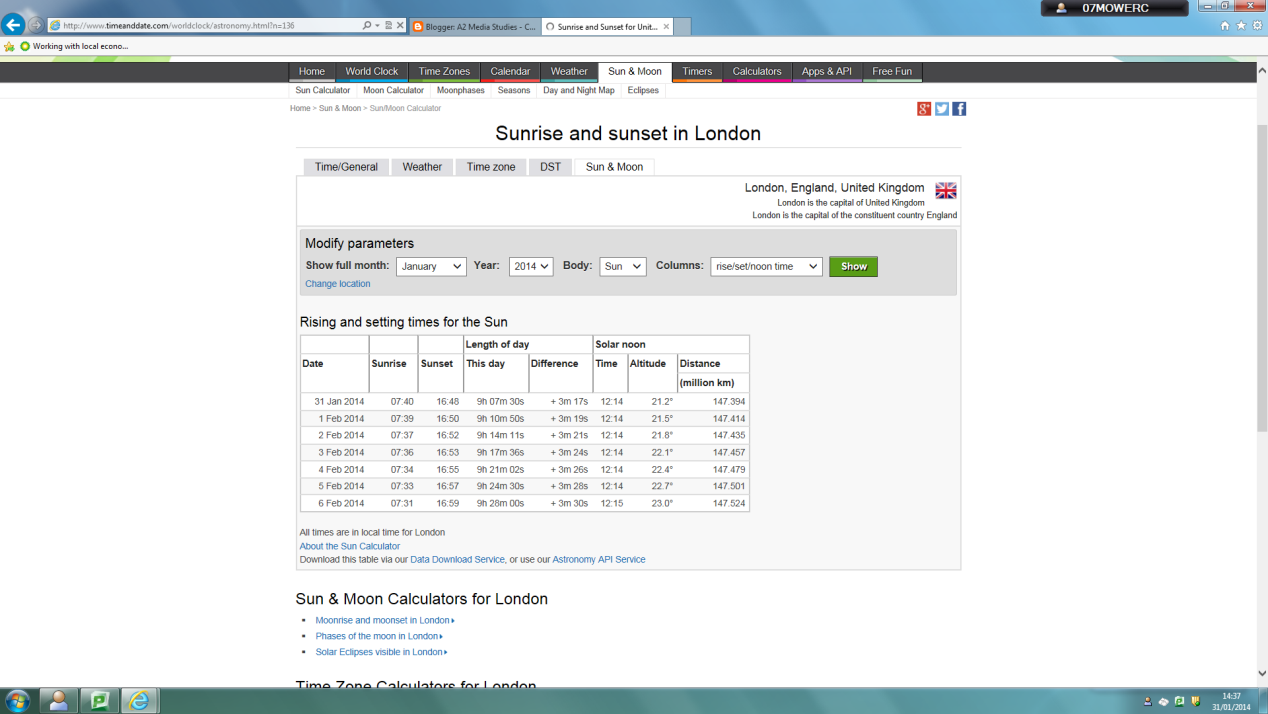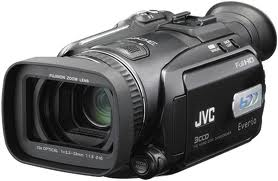Research:
- Internet - We used YouTube to look at videos from similar artists to our chosen artist.
 When we were researching similar artists and other information about our own chosen artist etc., the only media technology we used was the internet, as we used several information websites to obtain the necessary information for our video planning. Information websites such as Wikipedia.com and other artists websites, and video sites such as YouTube give us access to any information we need, whenever we need it. These websites enables us to gain access to a virtually unlimited information about any topic we needed to find out about, and we were able to find out large chunks of information about our chosen genre and similar products, more through YouTube as we were able to watch any videos that linked to our product, as we wanted.
When we were researching similar artists and other information about our own chosen artist etc., the only media technology we used was the internet, as we used several information websites to obtain the necessary information for our video planning. Information websites such as Wikipedia.com and other artists websites, and video sites such as YouTube give us access to any information we need, whenever we need it. These websites enables us to gain access to a virtually unlimited information about any topic we needed to find out about, and we were able to find out large chunks of information about our chosen genre and similar products, more through YouTube as we were able to watch any videos that linked to our product, as we wanted.
One advantage of using the sites that we used for our research was that they are accessible from any computer at any location, which means we could do our research whenever we wanted, providing there was internet access. One disadvantage of the sites we used was that they can be quite unreliable, especially Wikipedia, as anybody can go onto it and change the information, so we needed to make sure that our information was totally correct, which is why we used a variety of different websites.
Planning:
- Internet - We used email to contact the record company/searching up sunset times for our filming.
- Photoshop - We used this to make rough designs for our dikipak and poster.

We used sunset/sunrise timing website so we could see what time we needed to film when doing our performance shots, as we needed to get the sunset in the background, so this website enabled us to make sure we filmed in time and not miss the sunset that we want. This helped us a lot whilst creating our media text as it enabled us to plan in advance for what times we needed to start filming, and what times we needed to be finished by, in order to get the best, most appropriate sun light possible for our video.
 During the planning stages of creating our media text, we had to ask for permission from our chosen artist's (Josh Record) record label, which in our case was Universal Music. This meant we had to use the internet to access emails and conatct Universal Music as a company and ask for permission to use a song by their artist.
During the planning stages of creating our media text, we had to ask for permission from our chosen artist's (Josh Record) record label, which in our case was Universal Music. This meant we had to use the internet to access emails and conatct Universal Music as a company and ask for permission to use a song by their artist. We also used programmes such as Paint and Photoshop to create ideas for our digipak and poster. We used Paint whenever we had a rough idea and we just wanted to see what it would look like, then we used Photoshop if we all liked the idea and actually thought about using it, as Photoshop has more tools to help make a better poster, for example colour corrections etc. Programmes like Pain and Photoshop were perfect for us as they are not too complicated to understand, yet they still allow us to create professional looking ideas, more so on Photoshop than Paint, but they both enabled us to play around with ideas until we decided on a design that was most appropriate for our genre and song choice.
We also used programmes such as Paint and Photoshop to create ideas for our digipak and poster. We used Paint whenever we had a rough idea and we just wanted to see what it would look like, then we used Photoshop if we all liked the idea and actually thought about using it, as Photoshop has more tools to help make a better poster, for example colour corrections etc. Programmes like Pain and Photoshop were perfect for us as they are not too complicated to understand, yet they still allow us to create professional looking ideas, more so on Photoshop than Paint, but they both enabled us to play around with ideas until we decided on a design that was most appropriate for our genre and song choice.Construction:
- HD camera - This was used to film all of the shots for our video.
- Computer - This was used to edit the video to make it how we wanted it to look. We used iMovie for the rough cuts, and for our final piece we used AECS6.
- Photoshop - We used this to create pictures for our magazine and digipak and add any effects onto pictures if we needed to.
 We used a HD camera to film all of the shots that we needed to make our video. The camera was provided to us by our school's Media Studies department. After filming all of the shots that we needed, we then uploaded them onto a computer, where we would then edit all of our clips. The camera we used to film was a very good quality and had all the appropriate equipment with it to enable us to get the best quality shots that we possibly could. For example, the camera also came with a tripod and a dolly. These items made it easier for us to get a wider range of shots as the dolly helped keep the camera still when filming still shots and the tripod helped us to move the camera without shaking it when we did some of our movement shots.
We used a HD camera to film all of the shots that we needed to make our video. The camera was provided to us by our school's Media Studies department. After filming all of the shots that we needed, we then uploaded them onto a computer, where we would then edit all of our clips. The camera we used to film was a very good quality and had all the appropriate equipment with it to enable us to get the best quality shots that we possibly could. For example, the camera also came with a tripod and a dolly. These items made it easier for us to get a wider range of shots as the dolly helped keep the camera still when filming still shots and the tripod helped us to move the camera without shaking it when we did some of our movement shots.
The computer enabled us to put our shots in the order that we wanted them, and do anything else with them that we wanted. On the computers, we used iMovie to create any videos we wanted. We chose to use iMovie rather than Final Cut because although iMovie is more simple than Final Cut, it still has all the necessary functions on it that can help us make a very good video.
We used Photoshop to complete any designs we had for our digipak or our magazine article. We used Photoshop because it has the appropriate tools on there to enable us to make a professional looking design, and it isn't too difficult to learn how to use.
Evaluation:
- Internet -
 For my evaluation, I used several websites to help me write it out. The main site I have used is Blogger, as the evaluation questions all need to published onto my Blogger account, meaning anyone who needs to can have access to it whenever they want. I also used Blogger to find out certain information about my research and planning, for example what we researched, how we did it etc. as one of the questions for my evaluation was linked to my research and planning; therefore I needed to look back at it.
For my evaluation, I used several websites to help me write it out. The main site I have used is Blogger, as the evaluation questions all need to published onto my Blogger account, meaning anyone who needs to can have access to it whenever they want. I also used Blogger to find out certain information about my research and planning, for example what we researched, how we did it etc. as one of the questions for my evaluation was linked to my research and planning; therefore I needed to look back at it.I have also used YouTube when doing my evaluation, as the questions are linked to my G324 task (music video), and I often needed to refer to my G324 task to help me find appropriate answers for the questions.






